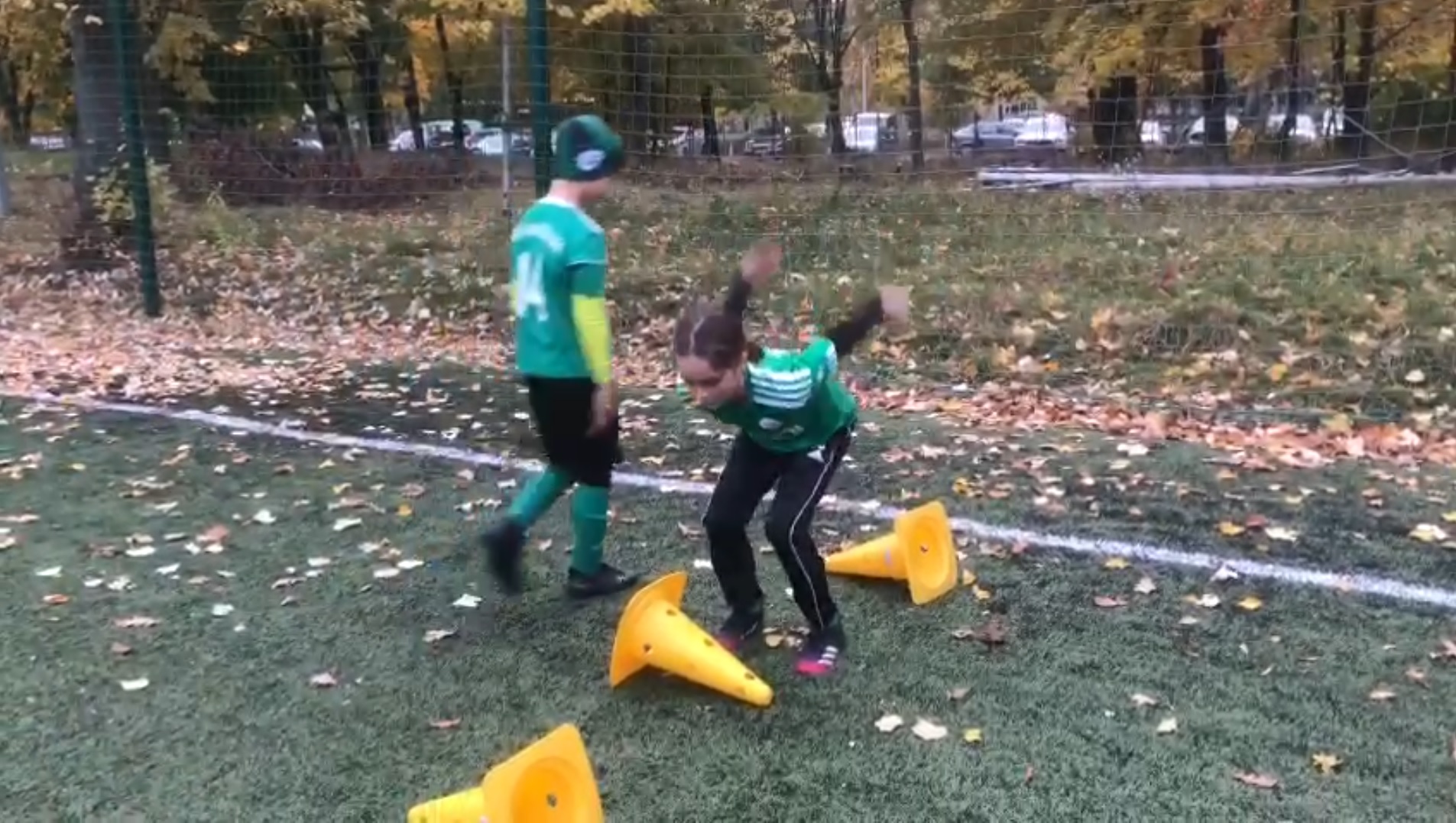 Contact us
Contact us

Movement preparation, or colloquially speaking "warm-up", is an integral part of every training. Unfortunately, it happens that players are 5-10 minutes late for training, and sometimes they are absent for 1/3 of the training time. Sometimes they are single random situations that are hard to influence, but there are also players who simply do not come to training early or on time, but are regularly late. You can hear then that it's just a warm-up and it's important to be on the other exercises. Why is warming up so important that you shouldn't skip it?
Even though more and more players come to training early, you can still notice them running onto the field after time. This not only disrupts the training, but also significantly affects the functioning of both the delayed individual and the entire team. Footballers who are ahead of time can not only change their clothes in peace, but also talk to the coach, colleagues and friends, as well as help prepare the equipment needed for exercises. It is also an important moment for coaches who can exchange a few words with their players, learn how they feel, how their day at school was, what they ate for lunch, what worries them and what makes them happy. In this way, the players can talk about themselves, and the coaches, for example, find out who will need special support during the training today. For the entire team, it may be a short, but extremely important time to build a relationship.
The late player is not only stressed and distracted, but also physically unprepared to exercise at the moment. At the very beginning, it should be noted that the warm-up, i.e. the introduction to training, is a well-thought-out and planned activity, just like the rest of the training. There is no room for randomness here. Exercises are tailored to a given training topic, group characteristics, have their own specific order and, most importantly, their task is to prepare players physically, mentally, preventing injuries and improving performance. Just like the entire training, the physical preparation has its stages, so you shouldn't miss a single part of the warm-up. At the beginning, in order to raise the body temperature, increase blood flow and thus the heart rate, as well as increase the viscosity of the joints, the players adapt to the training by performing, for example, simple movement exercises with balls. The second stage is muscle activation. Here we pay special attention to the muscle groups that will be most needed for work in the further part of the training. Soccer players make various kinds of movements in high and lowered positions. In older players, mini-bands are also used, which create resistance when moving in the joints. Taking into account the specificity of the discipline of football, there are not only linear but also multi-directional movements, i.e. we reproduce movements during the game. Once activated, the goal is quality and efficiency of movement, hence the third step is to increase the range of motion in the joints. This is nothing but dynamic mobilization. The essence is not only the sequence of the exercises performed, from the simpler to the complex ones, but also their selection in the context of the following movement patterns, implementing the subject of the training unit. After dynamic stretching, we move on to motor integration, during which we perfect certain movement patterns taking into account such elements as strength and speed. The final stage is the activation of the nervous system. This is an extremely important part of the warm-up and very much liked by our players. In order to stimulate the neuromuscular system as much as possible, as well as the speed and number of motor units in the muscles, trainers very often use exercises in which athletes compete in response to a given stimulus.
Regardless of the age of the player, the initial part of the training, which is warm-up, is extremely important. It not only prepares the athlete in terms of physical and mental aspects, which directly translates into his functioning during a training unit or a match. The most convincing argument is the fact that thanks to the appropriate motor preparation, the player's performance increases significantly, and this in turn affects his well-being. A footballer is much better at coping with stress and tasks during training, focuses attention faster and reacts faster to various external stimuli. The fitness and self-confidence built up during training is reflected in the match, because it is not without reason that we tell our athletes that they play the way they train.
In conclusion, it is worth being in advance before training to properly prepare for it. If it is impossible for various reasons, let's make sure not to be late and start the warm-up with the whole team on time. There are differences in physical preparation in relation to a given age category of players, but for each of them the introductory part is necessary.